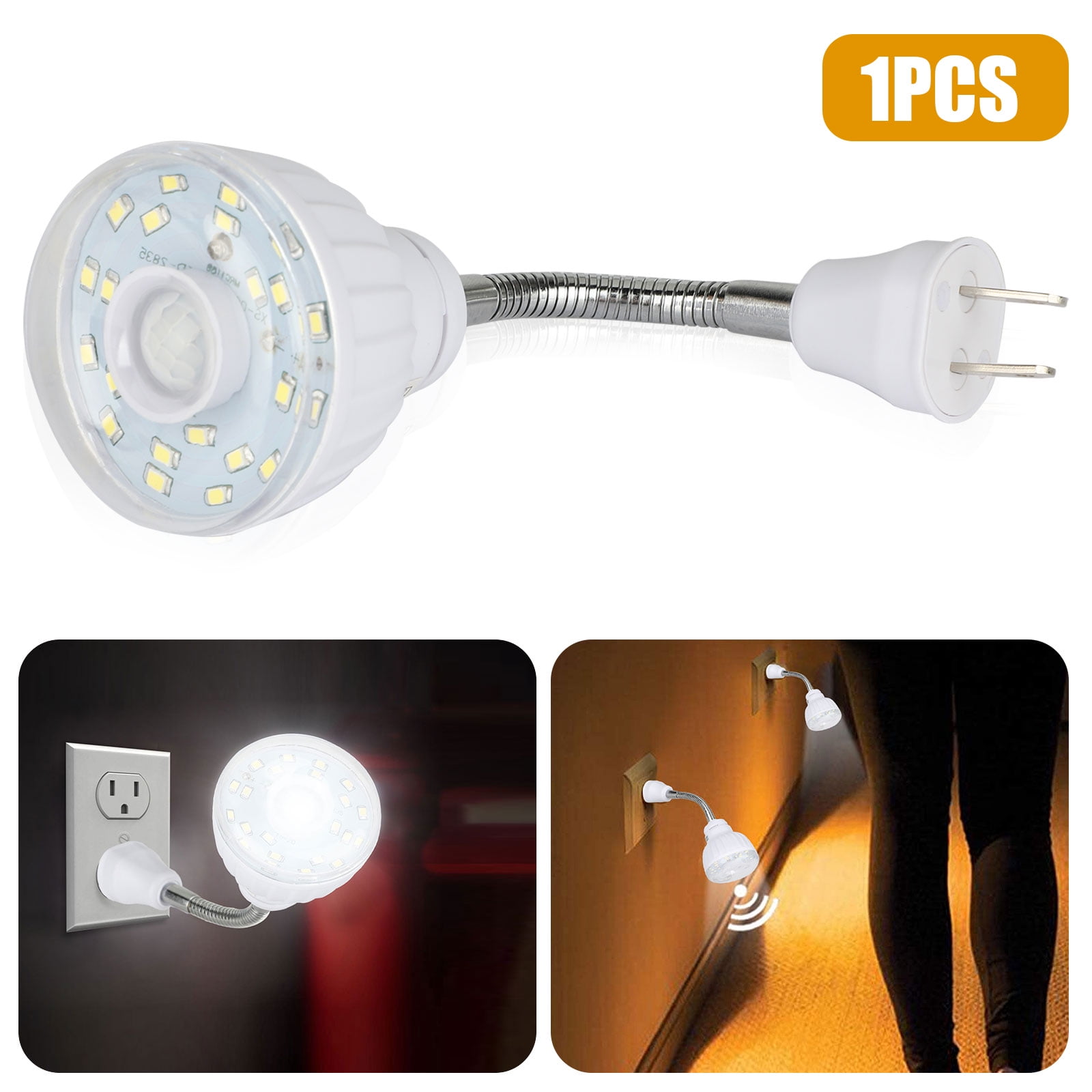Motion Sensor Technology
Motion sensor bathroom night light – Motion sensors are devices that detect movement and trigger an action, such as turning on a light. They are commonly used in night lights, security systems, and other applications where it is necessary to detect movement.
Imagine stepping into a dimly lit bathroom in the middle of the night, guided only by the gentle glow of a motion sensor bathroom night light. As you move about, the light follows your every step, casting an ethereal glow that illuminates your path.
For those seeking to enhance their bathroom’s ambiance, spray painting bathroom light fixtures offers a creative and affordable way to transform ordinary fixtures into captivating works of art. With a few simple strokes, you can breathe new life into your bathroom’s lighting, complementing the soft glow of the motion sensor night light and creating a space that is both functional and visually enchanting.
Motion sensors work by detecting changes in the environment, such as changes in infrared radiation, microwaves, or sound. When a change is detected, the sensor sends a signal to a controller, which then triggers the desired action.
As the night casts its veil, a gentle glow illuminates the bathroom, guided by the sensitive motion sensor of our bathroom night light. Its warm radiance, like a beacon in the darkness, ensures a safe and comfortable midnight visit. For those seeking a whisper-quiet companion for their bathroom’s ventilation needs, the best 4 inch bathroom extractor fan promises efficient air circulation and a serene ambiance, allowing you to focus on the tranquility of your nightly routine.
Types of Motion Sensors, Motion sensor bathroom night light
There are three main types of motion sensors:
- Passive Infrared (PIR) sensors detect changes in infrared radiation, which is emitted by all objects that have a temperature above absolute zero. When a warm object, such as a human body, enters the field of view of a PIR sensor, the sensor will detect the change in infrared radiation and trigger an action.
- Microwave sensors detect changes in microwave radiation. When a moving object enters the field of view of a microwave sensor, the sensor will detect the change in microwave radiation and trigger an action.
- Ultrasonic sensors detect changes in sound waves. When a moving object enters the field of view of an ultrasonic sensor, the sensor will detect the change in sound waves and trigger an action.
Motion Sensors in Night Lights
Motion sensors are commonly used in night lights to automatically turn on the light when someone enters a room. This can be useful for finding your way around in the dark without having to fumble for a light switch.
Motion sensors in night lights are typically PIR sensors, as they are relatively inexpensive and easy to use. PIR sensors are also able to detect movement through walls and other thin objects, which makes them ideal for use in night lights.
Night Light Features: Motion Sensor Bathroom Night Light

Motion sensor bathroom night lights are designed to provide illumination in dimly lit bathrooms, particularly during nighttime visits. They are equipped with a range of features that enhance their functionality and convenience.
Common features include:
- Motion detection: The night light automatically turns on when it detects movement within its sensing range, providing hands-free operation.
- Adjustable brightness: Some models allow you to adjust the brightness level to suit your preferences and the ambient lighting conditions.
- Light color: Night lights come in various light colors, including warm white, cool white, and colored lights, to match your bathroom décor.
- Battery-powered: Most night lights are battery-operated, making them easy to install and relocate as needed.
Types of Night Lights
There are different types of motion sensor bathroom night lights available, each with its unique design and features:
- Wall-mounted: These night lights are mounted on the wall, providing a wider field of illumination.
- Plug-in: Plug-in night lights are inserted directly into an electrical outlet, offering a convenient and portable solution.
- Freestanding: Freestanding night lights can be placed on countertops or shelves, providing targeted illumination.
Benefits of Night Lights in Bathrooms
Using night lights in bathrooms offers several benefits:
- Enhanced visibility: Night lights provide additional illumination, making it easier to navigate the bathroom in low-light conditions.
- Safety: They help prevent accidents by illuminating potential hazards such as slippery floors or obstacles.
- Convenience: Night lights eliminate the need to fumble for light switches in the dark, providing easy access to illumination when needed.
Installation and Use

Installing a motion sensor bathroom night light is easy. First, choose the location where you want to place the light. The best place for a night light in a bathroom is near the toilet or sink, where you’re most likely to need it. Once you’ve chosen the location, clean the surface with rubbing alcohol to remove any dirt or dust. Then, peel off the adhesive backing on the back of the light and stick it to the wall.
Once the light is installed, you can use the different features to customize it to your needs. Most night lights have a motion sensor that turns the light on when it detects movement. You can adjust the sensitivity of the sensor so that it only turns on when you’re in the bathroom, or you can set it to stay on all the time. Some night lights also have a light sensor that turns the light off when it’s light outside. This can help to save energy.
